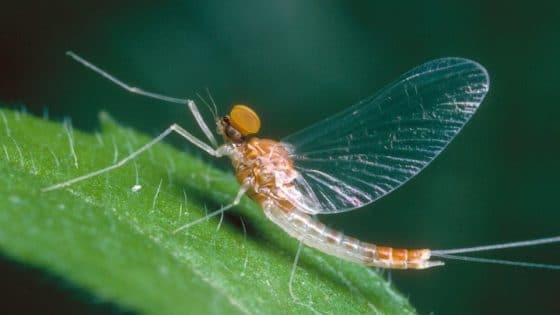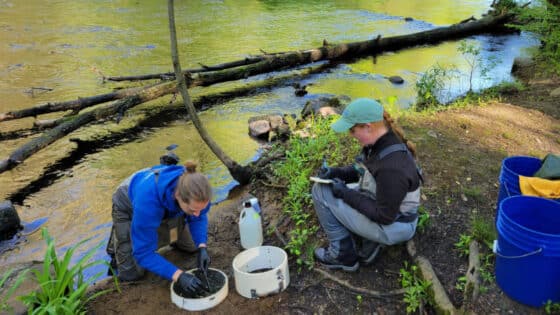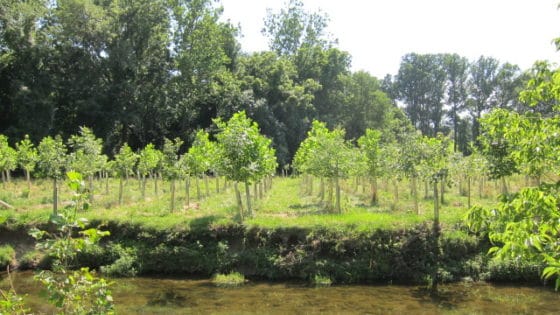Aufdenkampe, A.K., J.J. McCarthy, M. Rodier, C. Navarette, J.P. Dunne, and J.W. Murray. 2001. Global Biogeochemical Cycles 15(1):101–113.
Abstract
A synthesis of field data from nine cruises and 121 stations in the tropical Pacific (15°N–16°S by 135°–W 167°E) was used to develop a statistical model relating areal new production rates (based on 15NO3 uptake incubations) to other measured biological and chemical water properties. The large dynamic range of f ratios (new to primary production) measured in the region (0.01–0.46, with a mean of 0.16±0.08) could not be described by any simple function of any of the more than three dozen measured variables tested. Thus the commonly used approach of extrapolating new production using mean f ratios is likely to lead to large uncertainties when used in the tropical Pacific. An alternative approach is examined in which new production is estimated directly by multiple linear regression (MLR) of measured properties. Nearly 80% of variability in new production could be explained with a MLR of four variables together (rates of primary production (or chlorophyll inventories), inventories of ammonium and nitrate, and temperature) better than any single variable alone or any other combination of variables. Each of these variables exhibited effective linearity with respect to new production for this data set, and the robustness of this MLR method to predict new production for other data sets was confirmed by cross validation. These results thus provide a robust, simple tool to extend new production estimates to locations and times where it is not measured directly, using ship-based measurements and potentially remotely sensed data from moorings and satellites.



